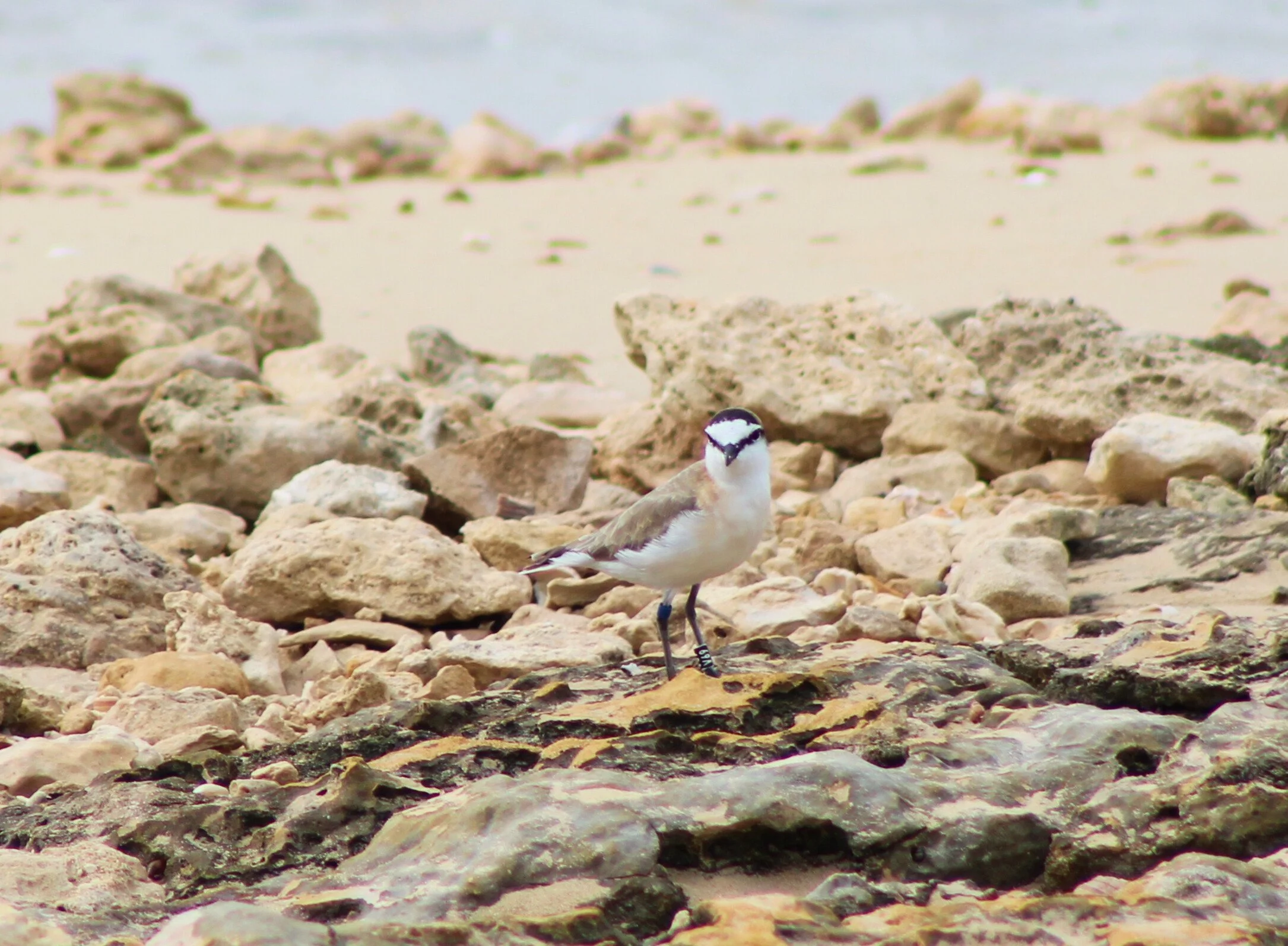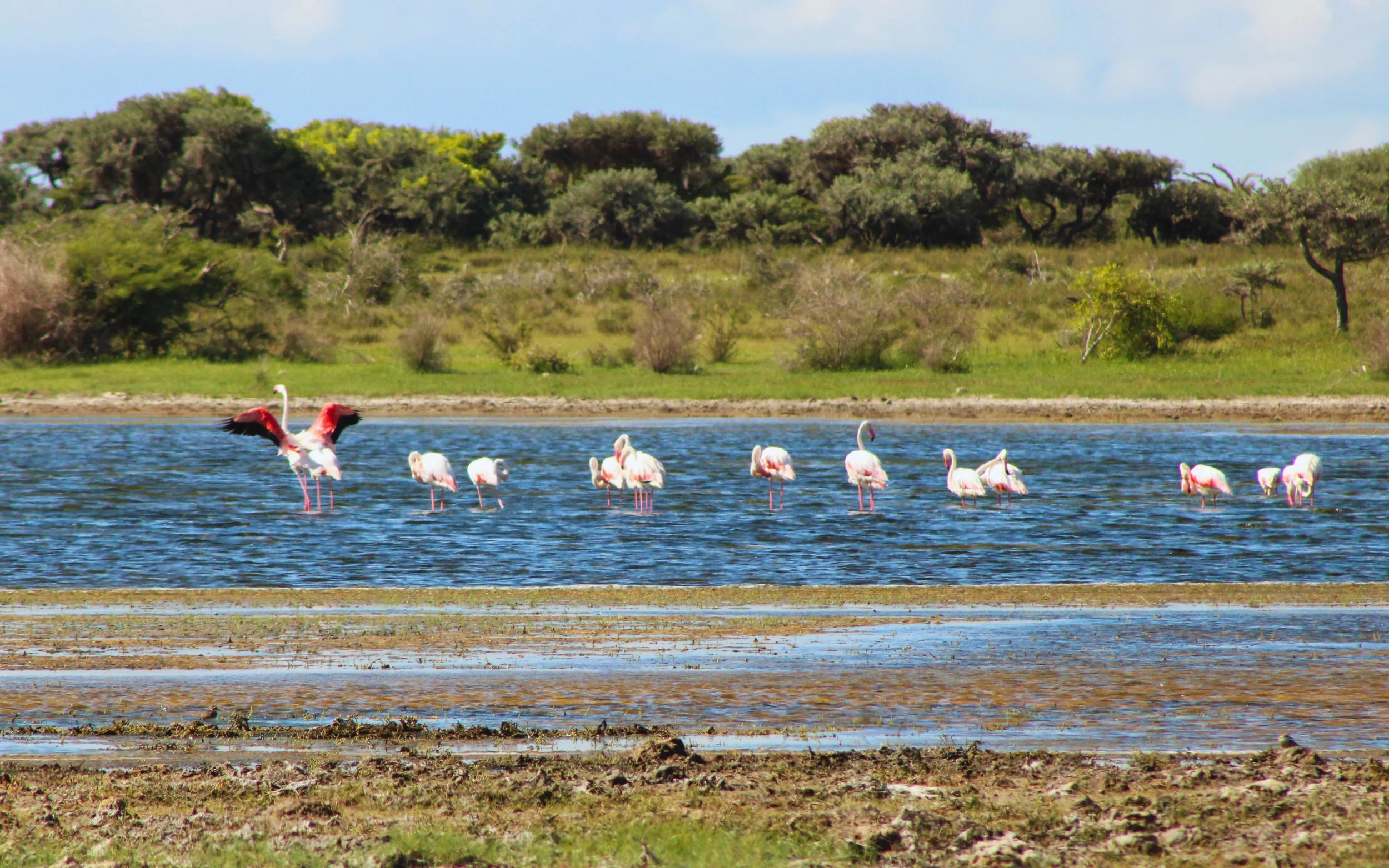Beyond Baobabs and Lemurs: The Hidden Oases of Southwestern Madagascar
When most people think of Madagascar, their minds drift to the lush rainforests of the east—where golden bamboo lemurs climb through misty canopies, and conservation efforts have long been concentrated. This focus, while vital, has left large swaths of the island’s western and southern regions overlooked—vast, little-known territories where life thrives in surprising ways.
In the south, two iconic images dominate the collective imagination: ring-tailed lemurs bounding across red earth, and towering baobabs with swollen trunks and fingerlike branches. These species have become the mascots of the dry spiny forests—a landscape often described as barren, sandy, rocky, and hot. But to those who live here, this harshness hides something extraordinary.
Amid this arid expanse lie wetlands—seasonal oases teeming with life. One such place is near the fishing village of Andavadoaka, a remote community some 12 hours north of Toliara. After the hurricane season ends, these wetlands begin to shrink, leaving behind shallow pools. As long as they hold water, they brim with migratory birds, rare crustaceans, and fish found nowhere else. As the water slowly drains, it seeps into surrounding forests, feeding caves with blind, undescribed fish and awakening ancient plants that shelter elusive birds, tortoises, mouse lemurs, and brilliantly camouflaged chameleons.
Eventually, the wetlands dry completely. Footpaths reappear, connecting villages. The migratory birds take flight. And just then, as if on cue, something magical happens: species of endemic and endangered plovers begin their courtship displays—dancing, calling, pairing off, and nesting.
These wetlands—quiet, seasonal, and mostly unknown—are under growing threat. Tourism, logging, unregulated fishing, and cattle grazing are expanding rapidly in the region. Each year, their impacts grow. But there is hope.
After years of studying the birdlife of the Andavadoaka wetlands, we are proud to launch a new project dedicated entirely to their protection. With the generous support of the Rufford Foundation, we have begun biodiversity surveys of wetland and forest birds, identified key threats to their survival, and started building a grassroots conservation network. By training local guardians and promoting sustainable livelihoods, we aim to ensure that conservation and community development go hand in hand.
Our vision is clear: to protect these fragile oases—not just for the birds, but for the people, plants, and animals who depend on them. One day, when people think of Madagascar, we hope they will not only imagine baobabs and lemurs, but also these hidden wetlands—places where life blooms, briefly and brilliantly, between stone and sand.



